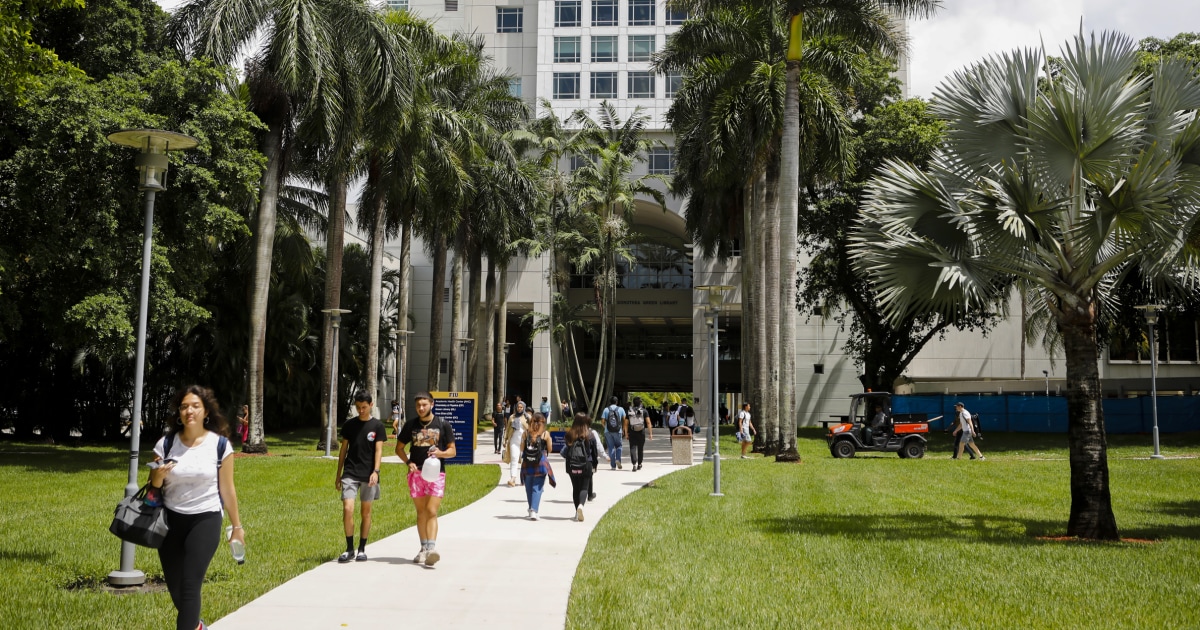
Challenges around the higher education landscape and concerns over college affordability are making it harder for more Latinos to get a degree.
An analysis published Wednesday by Excelencia in Education, one of the nation’s leading education think tanks focused on Latino college completion, found that the gap in college degree completion between Latinos and their white peers has increased since 2018.
While graduation rates for Latino students have remained relatively unchanged for nearly five years, the graduation rates of white students increased over the same period, effectively widening the gap in college degree completion.
Graduation rates for Latinos at two-year institutions have remained at around 33% since 2018, and for those at four-year institutions it stayed at around 52%. In contrast, graduation rates for non-Latino white students at two-year institutions reached 38%, and for those in four-year institutions it jumped to 65%, according to the analysis.
At two-year institutions, the graduation rate for Latino students was 5 percentage points lower than that of their white non-Hispanic peers. At four-year institutions, it was 13 points lower.
To close the gap, Latinos will need to earn at least 6.2 million degrees by 2030, the analysis shows.
This means that colleges and universities already grappling with challenges around the higher education business model and the cost of going to college won’t be able to hit their enrollment and graduation goals without Latinos, particularly considering that the nation’s student population is increasingly becoming more racially and ethnically diverse, said Deborah Santiago, co-founder and CEO of Excelencia in Education.
According to Santiago, it’s important to ensure that “while everybody is increasing, that Latinos are accelerating, so we can really close gaps in [degree] attainment,” she said in a press call about the new report.
The top five institutions awarding bachelors degrees to Latino students are Florida International University, the University of Texas Rio Grande Valley, California State University-Northridge, California State University-Fullerton and University of Central Florida.
Santiago said the reason behind the college completion gap is nuanced. Students attending colleges and universities nationwide have struggled to emerge from the Covid-19 pandemic, especially during the period when schools transitioned to virtual learning. In addition, the rising costs of higher education continues to be a significant issue for many families.
The challenge of closing the Latino college completion gap comes amid recent laws defunding diversity programs and restricting race and gender courses in states such as Florida and Texas, and the Supreme Court’s recent ruling against affirmative action in selective institutions.
Santiago thinks that closing the gap is a “doable deed … there are no excuses for inaction.”
“This is a population that’s ready to go to college,” Santiago said.
Source: | This article originally belongs to Nbcnews.com









